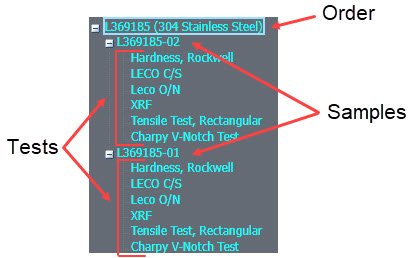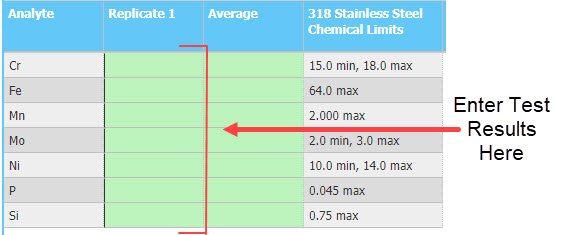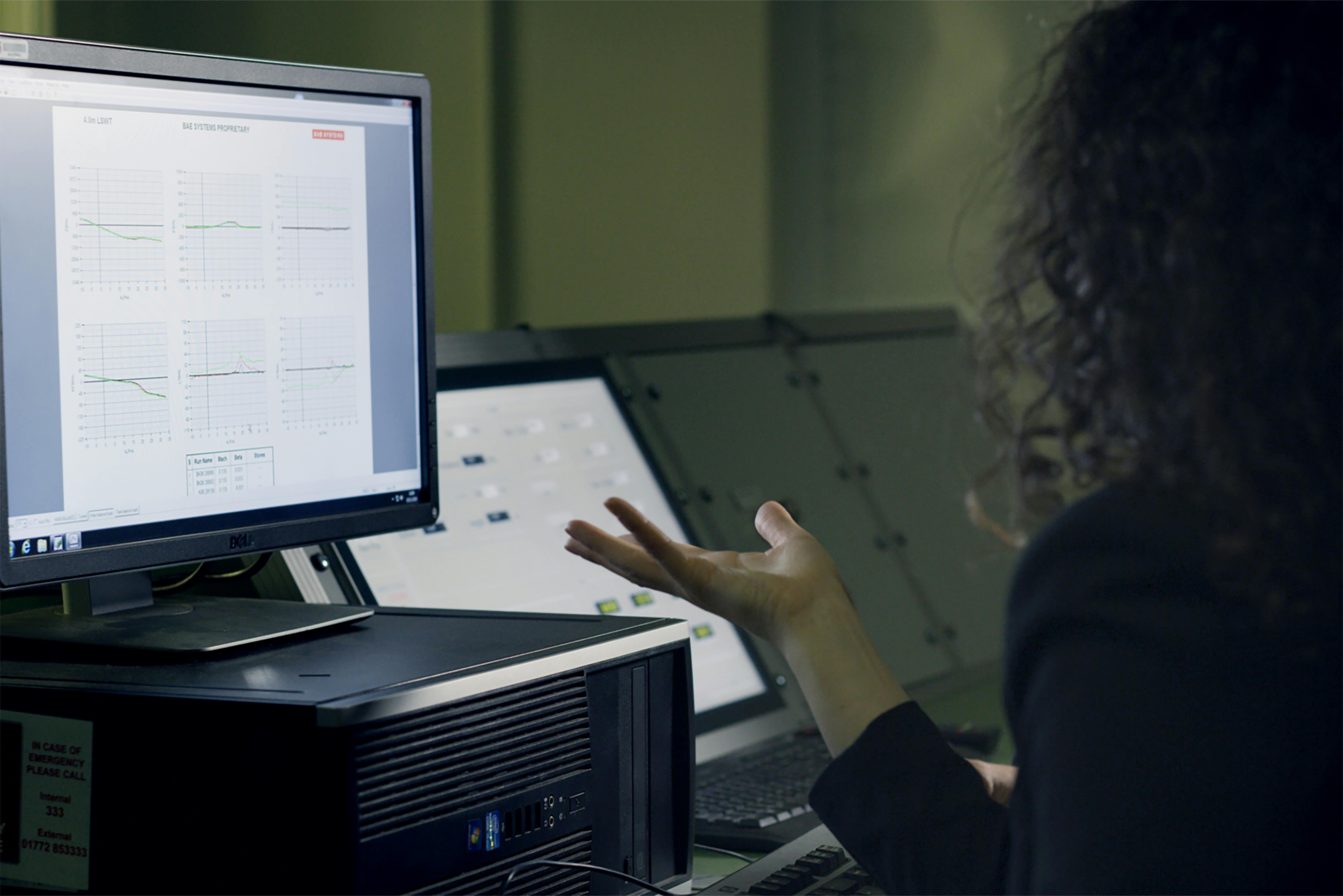by Ashley Carter
Share
In the most basic description, a LIMS (Laboratory Information Management System) is a software program that is used to track work in the laboratory and capture results of testing. The features provided by a LIMS are dependent upon the provider; however, there are a few features that are common among typical LIMS solutions. We highlight a few of these here.
Order/Sample/Test Management

- Automatic creation through interface with ERP systems
- Creation through execution of pre-defined templates
- Automatic creation based on Specification requirements
- Manual creation
Entering Test Results

Another important feature of any LIMS is automatically populating test data from an instrument directly into the system. Data entry is commonly done manually, but if the system has the capability, instrument interfacing is a valuable tool to reduce typos and minimize manual data entry tasks.
Completing Testing
Once testing is complete, the data on a sample/order is compiled into a report or exported file for use outside of the system. The capabilities/features of the system will determine what can be done with the data. Wavefront software can create reports or export files that are extremely flexible to meet the laboratory’s and their customer’s requirements.
Other LIMS Features
Every laboratory has different requirements for their processes and workflows, and each system provider addresses those requirements differently. Some common functions achieved in a LIMS are:
- Specification management & application to tests
- Instrument and Calibration tracking
- Laboratory Status Boards and Dashboards for tracking workflow and metrics
- SPC Calculations and Control Charts
- Barcoding
- Test scheduling
Reach out to Wavefront Software via the “Schedule a Demo” link above to learn more about the above features and many more that can help your laboratory achieve its goals.
STAY IN THE LOOP
Subscribe to our Free Content
Learning about LIMS is a monthly article series where Wavefront shares questions that have come up throughout our interactions with a range of individuals and customers. We do our best to provide information about each topic to help people learn more about LIMS.
Sign up here to be added to our mailing list and receive these articles directly in your inbox.
In today's fast-paced labs, data-driven decision-making is essential. Utilizing advanced data analysis tools, like LIMS dashboards and KPIs, boosts operational efficiency. This article explores how these tools enhance performance and reduce costs, helping labs maintain exceptional quality standards.
Lab Data Management with a LIMS reduces errors and improves efficiency compared to manual data entry. Move away from spreadsheets and separate documents and see how Wavefront LIMS can improve your laboratory's workflow.
Experience the transformative power of a state-of-the-art LIMS system tailored to meet the unique needs of your laboratory. Our LIMS solution seamlessly integrates with your existing systems, streamlining workflows and boosting productivity. Say goodbye to manual processes and hello to automated efficiency with our cloud-based LIMS system. Schedule a demo today and unlock the full potential of your laboratory operations.
Unlock new levels of efficiency with LIMS workflow automation. Automate critical laboratory workflows without coding. Wavefront's powerful automation engine with over 800 built-in conditions and actions allows limitless customization of your LIMS processes.





